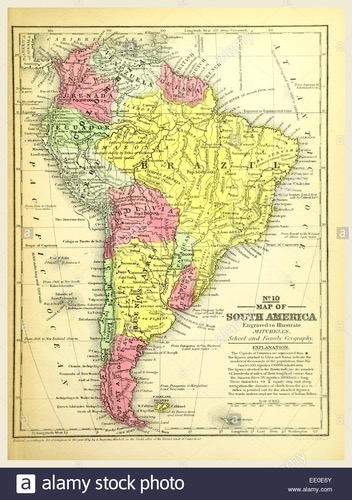
Since then, of course, there has been an unprecedented revival and intensification of global integration, supported by technical change, and by international economic policies resulting from multilateral cooperation. The century-long trend toward globalization had been reversed and, as of 1950, or even 1960, globalization and the degree of integration of the world economy was considerably less than it had been fifty years before.

After some steps toward a restoration of the prewar situation, the international economy collapsed during the decade of the Great Depression, and continued to be fragmented during the Second World War. The 20 th century then saw just over a decade of continued expansion, followed by the abrupt disruption of trading and financial ties during the First World War. The previous century had witnessed expansion of global output and trade, and rising living standards in Europe and North America at a pace never before seen in human history. I'm pleased to be back in Rochester after a longer absence than I would have liked.Ī hundred years ago, the international economy was entering the 20 th century with the freest flow of goods, services and capital in human history. Good evening and thank you for that kind introduction, Ron. Krueger, First Deputy Managing Director, IMFĪt the Annual Gilbert Lecture, Rochester University The World Economy at the Start of the 21st Century, Remarks by Anne O.


 0 kommentar(er)
0 kommentar(er)
